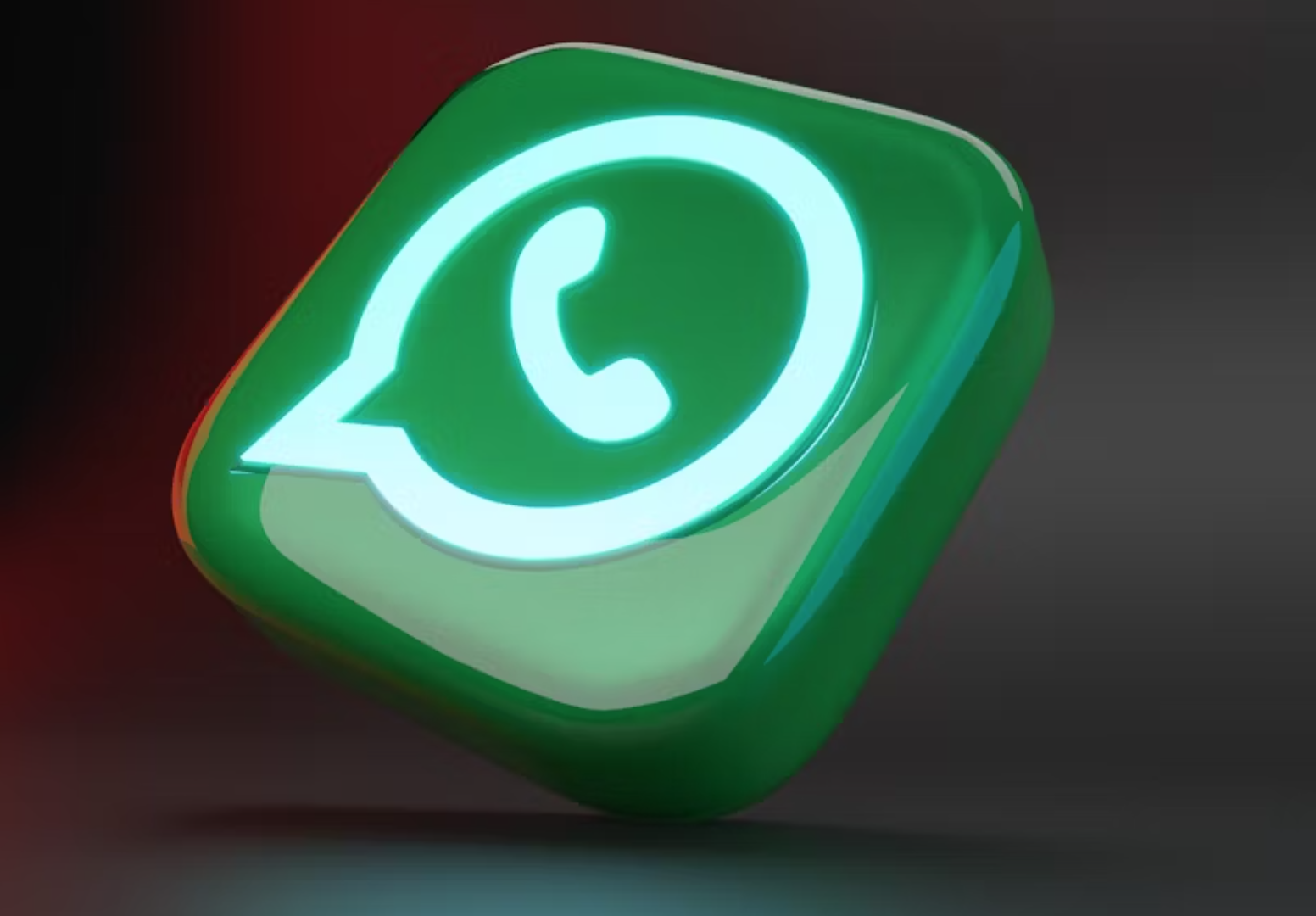We live in a modern world where customers expect us to be where they are. Having a phone line and an email address is not enough anymore! With that in mind, many businesses decided to adopt an omnichannel communication strategy over the last few years.
With omnichannel communication, companies approach a broader perspective to have a real presence everywhere. We know that it is not only about being available on every Social Media ever created. Interaction is vital to engage customers.
We cannot ignore that companies with a performing customer experience generate 60% higher profits than their competitors. We know how this story goes. A satisfied customer has a higher chance of coming back for more purchases.
Furthermore, they can talk about it with their friends and family, skyrocketing your conversion rate.
Want to learn more about the topic or develop your own strategy? Then grab a piece of paper and a pen and check our five tips for effective omnichannel communication.
What Is Omnichannel Communication?
We will begin by explaining what omnichannel communication is. It is a communication strategy that offers a seamless customer experience independently from the customer’s choice of channel. And yes, it does apply to both online and offline channels as well.
In other words, it means that customers will check for your services through different platforms. And they expect to have the same experience in each one of them. An omnichannel strategy is built by putting the customer in the center, not the brand.
You can have a grasp of what a successful omnichannel communication strategy looks like when someone looks at an ad and identifies the brand without even seeing their logo in the first place.
It is not to be confused with multichannel communication, where you make yourself available in different channels, but the way to communicate through them is not necessarily unified. You can find out more about the differences between them here.
5 Tips For Effective Omnichannel Communication
Consider Your Mission Statement
Before you even consider a strategy change, it is important to go back to the origins. Do you remember when you first created your business? What was its mission statement? If you never wrote it down, take some time to do so.
What do you intend to achieve in the future? Be down to Earth on that one. Think of the main goals both in the short and long-term run. Once you have it written down, it will be easier to have a better understanding of your current state and how omnichannel communication can push you towards outstanding achievements.
Think about it as the roots of your strategy. It is easier to know in which direction you should head if you have a precise start point.
Create Personas
Time to put your creative skills into perspective! Think about yourself as a fiction writer. Almost every writer seeks inspiration in reality, and you will do the same. Put yourself in your customer’s shoes and start to question their preferences, behaviors, and where they find themselves online.
Go through the interactions you had with your customers over the last months. Then note down the most common aspects like the age range, where they live, and what they do to relax after a day of work.
Afterward, you can begin to map how often they shop, what they usually buy, and where they like to checkout.
The next step is to put your characters into action. Go all the way to place an order, talk to a chat operator. From your customer’s perspective, see if it was easy to find the item you were looking for. Take the time to identify the pain points and verify if there are one or multiple steps of the purchasing process that might be confusing.
This personality map works as a guide to know in which channels your customers are and how you can improve the way you communicate with them on those channels.
With at least two personas defined, communicating through different channels becomes instantly more accessible. Most of the time, it is better to have a real person in mind while you develop your strategies for other departments.
Yes, you got it right – the persona is not created exclusively for the marketing team. The concept can help all the departments and ease the way they reach customers.
Make Sure That Your Teams Are on the Same Page
To bring your omnichannel communication strategy to life, you must ensure that each of the company’s departments is aware of your mission statement and how you want to communicate with customers. Make sure that the entire company will benefit from the strategy.
For instance, the IT and the sales department might have different projects, but their effort will impact the same customer. In omnichannel communication, your teams must be on the same page. Otherwise, they won’t be able to deliver that seamless customer experience!
Aim for Uniformity
Now that everyone is aware of how to communicate with customers and having the persona in mind, it is time to work on that unified message. Defining a unique way to communicate can be pretty tricky. It is not about putting effort into creating a single statement and then copying and pasting it everywhere.
A good starting point is to work on the ways to connect the channels used by your company. If you have an eCommerce that sells household goods, you can implement a click and collection option. Moreover, consider letting your customers speak to you in real-time, using a chat service like WhatsApp for Business.
Want to be a 100% omnichannel? Allow them to pay for an item within the chat! No need to open a new window or go to the desktop. They can simply pay for it while chatting with an agent.
If you are on Instagram, make sure that customers can shop the products shown in the pictures. Do they spend a lot of time on Instagram? Then give them the option to shop directly there.
In the first moment, it is easier just to give it a try. Implementing an omnichannel strategy takes time and calls for a few tests before it finally works.
Furthermore, never overlook your results. Go through them and take the time to analyze your metrics to be sure of where there is room to grow.
Integrate Your Channels
Another significant achievement in having uniformity in your message is being able to integrate your channels. In other words, it speaks to the way that you enable one channel to connect with another.
We can illustrate it with an example. Spring has just started, so let’s say you would like to buy a lighter hoodie for your outdoor training. You are using your computer from work, and you begin to browse the hoodie section of your favorite sports brand.
When you finally find the perfect model, you add it to your shopping cart, but then you realize your shift is over, and you have to grab your train. If the webshop has an omnichannel strategy, your hoodie will be ready for checkout if you check the same webshop from your mobile phone.
Let’s Wrap It Up
By going the omnichannel way, businesses get the chance to deliver practical and impactful value to their customers. Thanks to this approach, you can boost the levels of consumer satisfaction and increase results within your company.
An omnichannel communication strategy is in line with the needs and desires of today’s consumers. And they deserve to have the best experience, right? We have the expertise to help you with that. Reach us now!


